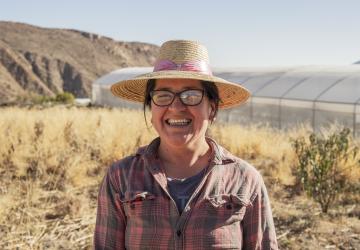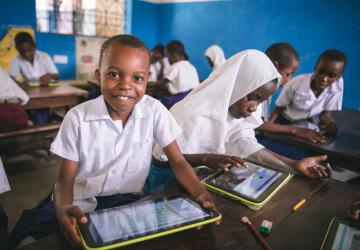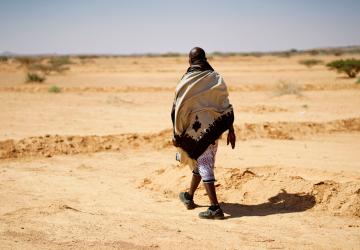Weathering the Storm: Building Resilience in the Philippines
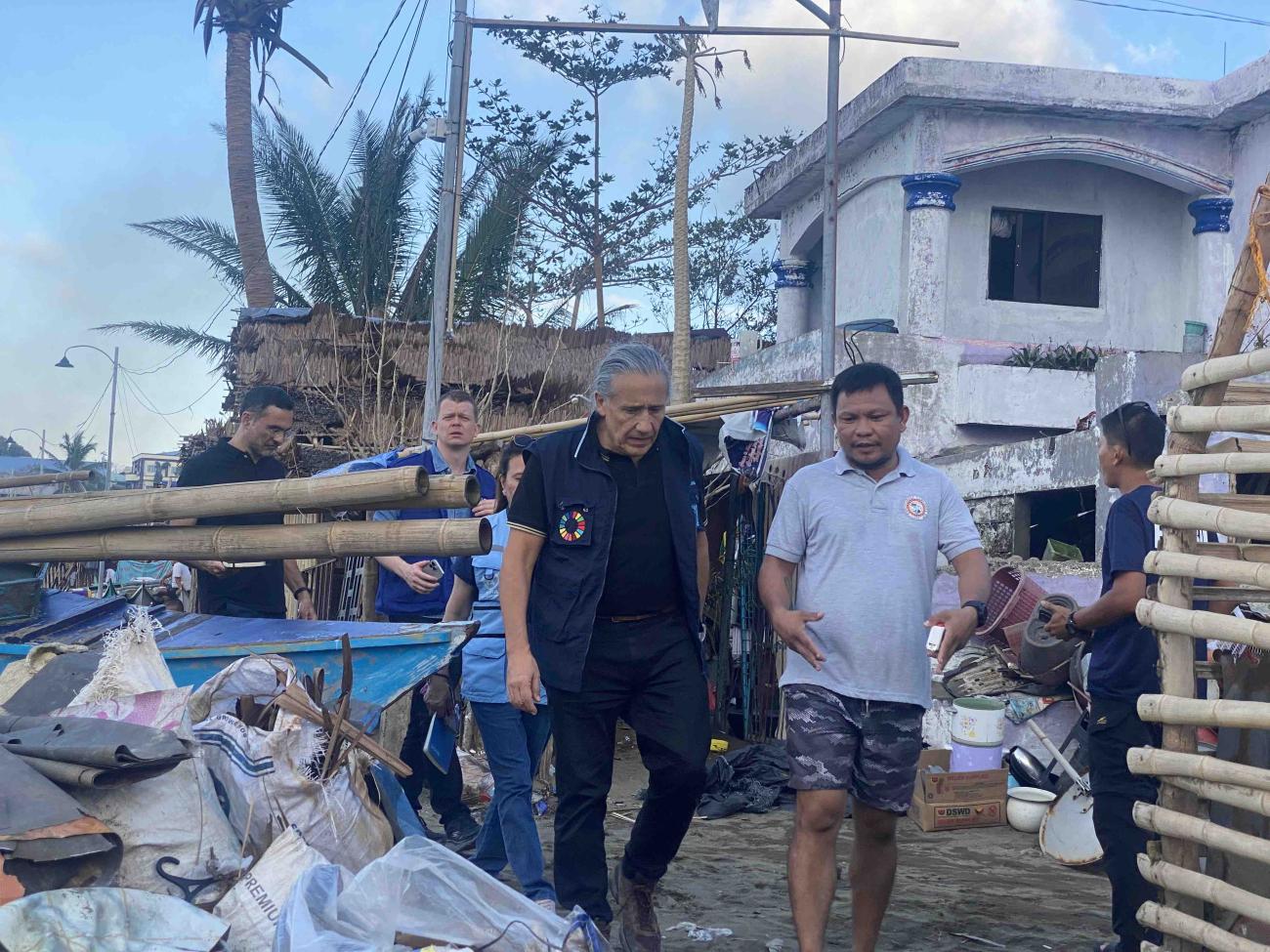
Concluding his assignment, the United Nations Resident and Humanitarian Coordinator in the Philippines, Gustavo González, reflects on the five years he spent leading the work of the UN team in the country.
“With solidarity, we move mountains”– the words of a local member of our community here in the Philippines, who was severely impacted by the most recent typhoon season that devastated Catanduanes still echoes in my mind as I prepare to leave this beautiful country, a place of marvel despite the natural disasters it endures.
I arrived in the Philippines in June 2020, as the United Nations Resident and Humanitarian Coordinator. It was three months into the country’s COVID-19 lockdown. At the time, health authorities were implementing strict protocols to prevent the spread of infection. These stringent measures were also taking a toll on the local economy, and consequently, the livelihoods of many Filipinos.
Bringing together international solidarity and community resilience has been the guiding thread of the work of the United Nations back then at the start of my journey here and throughout my tenure these last few years. We remain as committed as ever to mobilize global knowledge and best practices to support the government in localizing disaster preparedness strategies and response plans.
For 16 consecutive years, the Philippines has faced the challenge of being “the world's most disaster-prone nation” according to the World Risk Index, demonstrating the critical need for integrated development and humanitarian action.
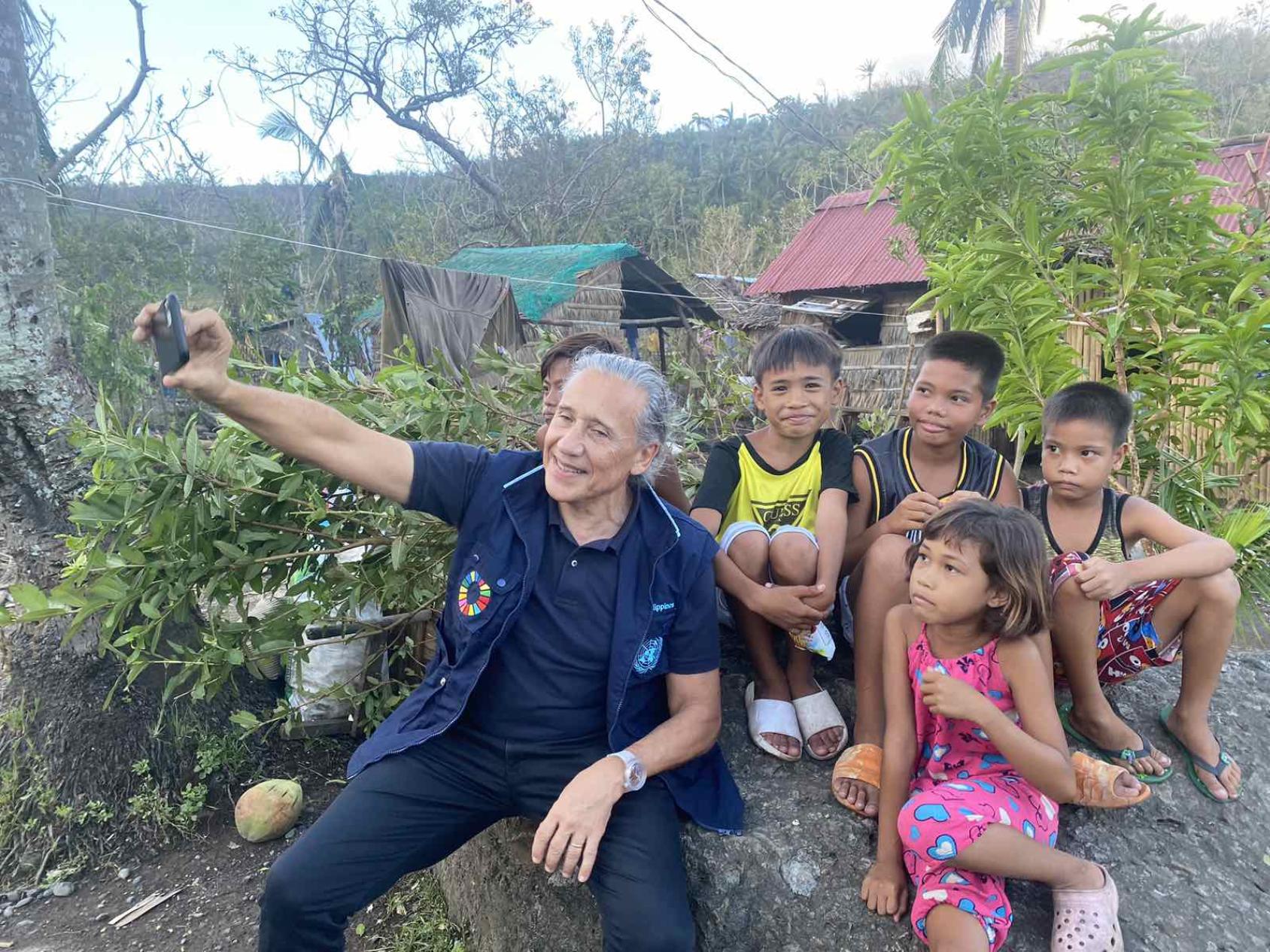
The changing face of typhoons
Both my first and last years in the Philippines – 2020 and 2024 – were marked by significant challenges due to the country’s vulnerability to natural disasters. During my 2021 visit to Bicol, where I led the UN’s emergency response, I witnessed first-hand the renowned Filipino resilience and bayanihan spirit. Families, even young children, worked together to rebuild their homes and lives, while facing the combined devastation of a super typhoon and the restrictions of pandemic health protocols.
By late 2024, although the strict COVID-19 restrictions were a thing of the past, I found myself back in Catanduanes, leading another UN emergency response. This time, the challenges was an unprecedented series of six overlapping typhoons in just five weeks. Over 10 million people were repeatedly impacted, with communities barely beginning to recover from one storm before the next arrived. In Catanduanes, I met Vilma, whose home had been destroyed by the successive typhoons. Speaking with her and others, it became clear that community connection and support networks were paramount for recovery. Re-establishing these networks, often through simple tools like mobile phones, became a critical first step. This experience, and others throughout my time in the Philippines, reinforced the importance of community-led resilience and the UN's role in supporting it. As the mayor of Surigao, a town in the affected area, noted, empowering communities to become the "first decision-makers" in disaster response is key.
While many Filipinos are accustomed to frequent typhoons, they also recognize a shift in weather patterns over the past decade, with storms becoming stronger, more frequent, and arriving later in the year. The 2024 typhoon season, with its rapid succession of storms, starkly illustrated this change, compounded by earlier droughts in many regions.
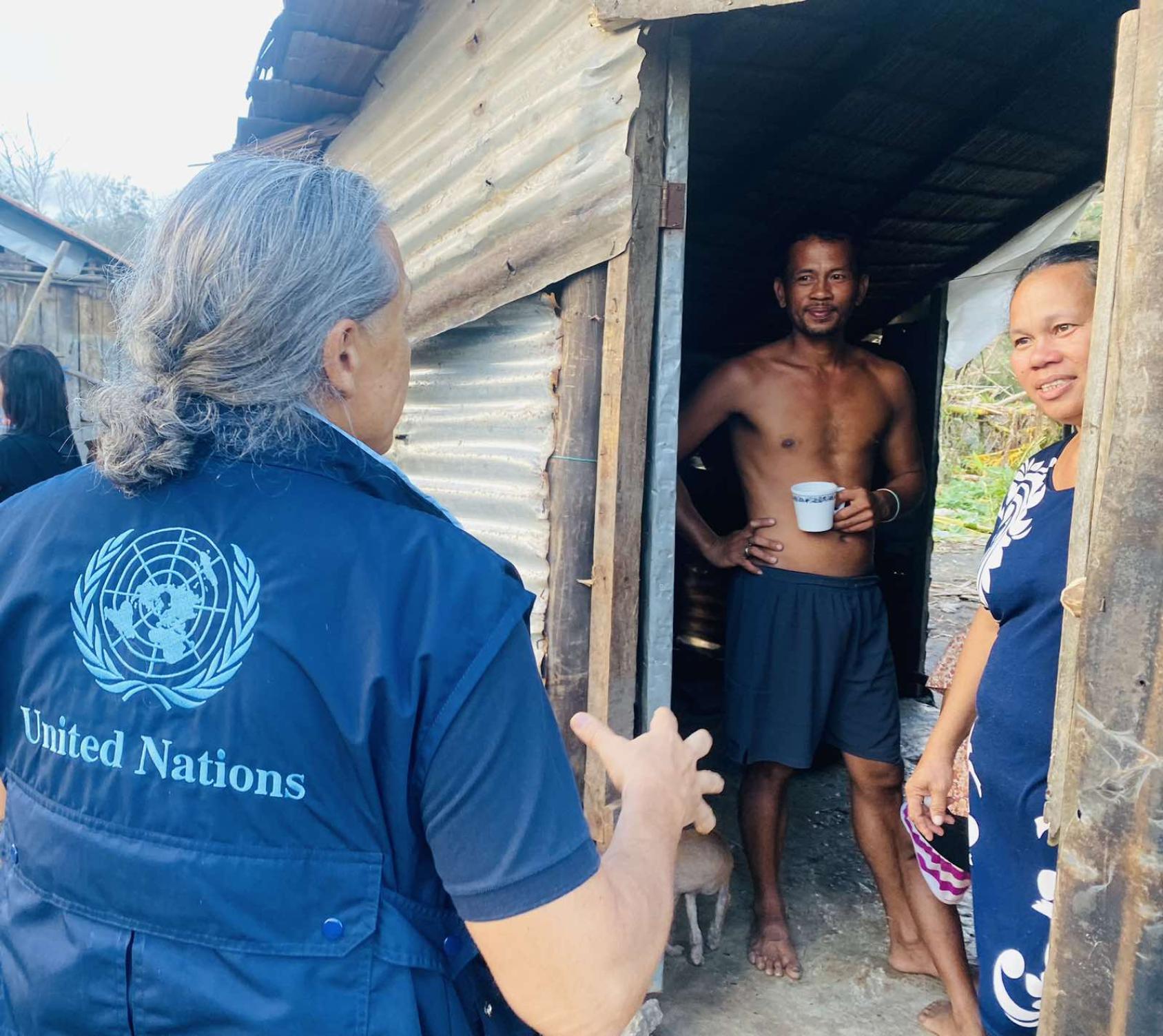
Climate change: Amplifying disaster risks
These extreme weather events make it very clear that climate change is exacerbating the already high risks faced by countries like the Philippines. The Philippines Climate Change Assessment released in 2024, warned that sea level rise is a major concern as it poses a threat to both coastal ecosystems and human life. Projections by the Philippine Department of Environment and Natural Resources estimate that by 2100, almost 17 per cent of the country’s islands will be submerged, forcing 13.6 million Filipinos to relocate.
The potential human cost of failing to adapt to climate change is immense, but the Philippines’ level of exposure and vulnerability to increased disaster risks also has economic implications. The World Bank estimates that annually, the economic impact of typhoons is estimated to be around 1.2 per cent of Philippine gross domestic product (GDP). According to computation based on IMF figures, this would have translated to about $5.64 billion in 2024 from damage to infrastructure and loss of income due to lower labour productivity and agricultural production, as well as changes to consumption patterns.
By 2030, the costs of climate change-related disasters are estimated to balloon to over 7 per cent of the country’s GDP.
Hard-won development progress can be undone in mere hours by natural disasters. For this reason, a key pillar of the work of the UN in the Philippines focuses on climate action, environmental sustainability and disaster resilience.
A commitment to climate action in the Philippines
The UN Sustainable Development Cooperation Framework (2024-2028) addresses climate action in the Philippines by prioritizing three key areas. First, it focuses on disaster risk reduction and management for communities and institutions. Second, it promotes a just transition towards a low-carbon society and circular economy. Third, it emphasizes biodiversity conservation and the protection of and equitable access to natural resources.
We are also shifting our approach in the country, recognizing its development progress. The emphasis is shifting from hands-on assistance towards providing higher-level policy and expert advice, while simultaneously empowering local communities to take ownership of their development. This shift aims to blend global knowledge and best practices with local expertise and cultural understanding. In essence, the UN is not only working to build the capacities of community leaders, but also recognizing the value of learning from their experiences on the front lines of climate action.
Catanduanes, a province familiar to me from both my first and last missions as Resident and Humanitarian Coordinator, exemplifies the Philippines' journey towards greater disaster resilience. While typhoons have caused destruction, the resilience of the Filipino people, coupled with the UN's support, has led to significant progress in reducing casualties and damage. In my recent wrap-up meeting with President Marcos Jr., he acknowledged this progress, highlighting the success of preparedness and early warning systems in disaster response.
While I bid my farewell to the people we serve in the Philippines, the commitment of the UN team I had the privilege of leading these past five years remain. The UN is here, working with national and other partners to empower local communities as leaders and champions of their own development. I am confident that the UN in the Philippines will continue to foster self-reliance and local ownership, enabling communities to become the "first decision-makers" in shaping their own futures and building resilience in the face of challenges.
Read more coordination results from the Philippines.




